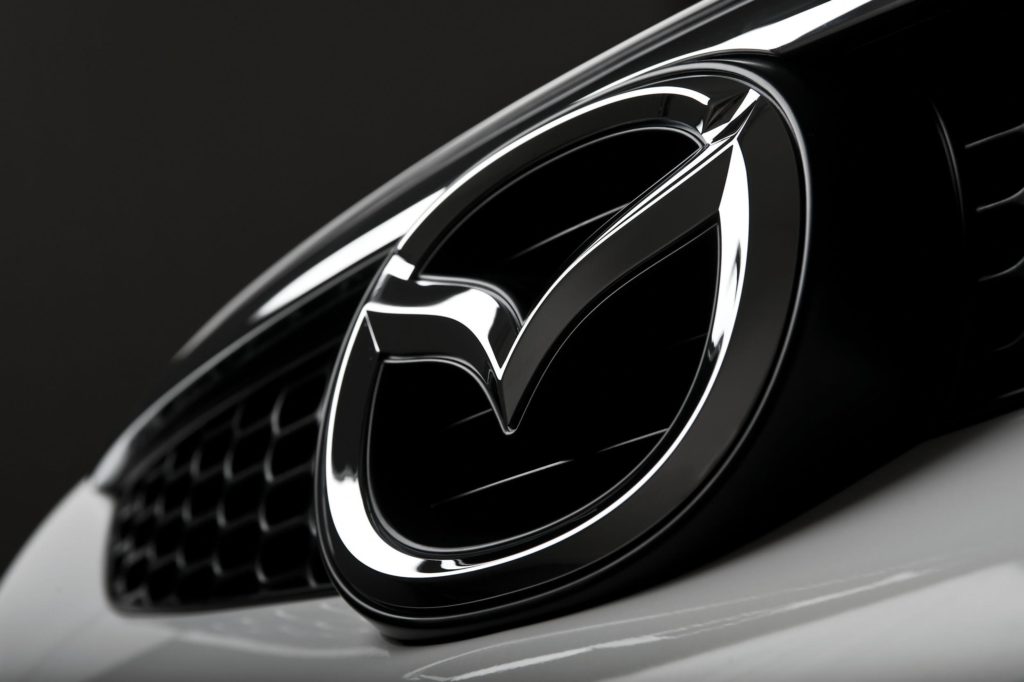Mazda varies its propulsion options in carbon neutrality and safety push
22 June 2021

Japanese carmaker Mazda is to accelerate its global electrification plans, as it sets a target for carbon neutrality by 2050. The company has also said it will introduce new technologies as it pushes for a world without traffic accidents.
By 2030, Mazda assumes that a quarter of its products will be battery-electric vehicles (BEVs), while all other models will be ‘electrified in some form’. The company is developing a dedicated platform for electrically-chargeable vehicles (EVs), the SKYACTIV EV Scalable Architecture.
This new platform, which can be used for various sizes and styles of EVs, will underpin the company’s new models launched between 2025 and 2030. In the meantime, Mazda will introduce a range of new vehicles based on its SKYACTIV Multi-Solution Scalable Architecture. This will include five hybrid models, five plug-in hybrids (PHEVs) and three BEVs.
The 2030 deadline for a quarter of its line-up to be BEVs is far behind some European and US carmakers, who are targeting a 100% BEV-based range by that time. However, Asian carmakers are hedging their bets when it comes to low- and zero-carbon vehicles. Like its partner Toyota, Mazda is continuing along the hybrid route for the time being while also continuing to develop internal-combustion engine (ICE) technology.
Reducing CO2
Mazda believes that to achieve climate neutrality, it must continue to offer all options to its customers. The carmaker is committed to reducing CO2 levels from each vehicle it offers, including ICE-based duratives.
As part of its ICE development, the carmaker launched its SkyActive-X in 2017 before adding mild-hybrid elements and rebranding it as the e-SkyActiv-X. This petrol unit does not feature spark plugs. Instead, it works along the same principles as diesel engines, using compression to produce the ignition of the fuel, making it more efficient.
Mazda is investing in different projects and partnerships to promote the development and use of renewable fuels in cars in many regions. In Japan, the carmaker is involved in several joint-research projects and studies as part of an ongoing industry-academia-government collaboration to promote the widespread adoption of biofuels from microalgae growth.
In Europe, Mazda was the first OEM to join the eFuel Alliance in February 2021.. The alliance brings together organisations and other interested parties that support establishing and promoting CO2-neutral fuels and hydrogen as a credible contributor to reducing emissions in the transport sector.
Thinking ahead
Mazda’s commitment to ICE development, and its statement on offering all options to customers, raises an interesting point when it comes to global reductions of carbon emissions.
Most vehicle manufacturers are committing to the phasing out of ICE models. Yet the slow uptake of BEVs, together with the need for increased infrastructure and the infancy of hydrogen fuel-cell (FCEV) technology, means consumers could be likely to hold on to their petrol and diesel vehicles for longer. This is especially true if new technologies do not meet the practical requirements of drivers.
If consumers are not given the option of a new ICE model, they could turn to the used-car market if required. This would increase the average age of car parcs worldwide, keeping older vehicles on the roads for longer and having an adverse effect on air pollution.
Therefore, it seems Mazda has taken the option to develop ICE units to be cleaner in the hope that customers will choose a newer, greener combustion engine if they do not want a BEV or FCEV. This would help lower carbon emissions while the carmaker explores all options for its 2050 carbon-neutrality goal.
Zero accidents
Alongside electrification programmes, carmakers are also aware of a need to improve vehicle safety. Mazda will introduce its human-centric, autonomous-driving system, ‘Mazda-Co-Pilot Concept’, into its larger vehicles from 2022.
Mazda will update the system over time, and it intends to develop and introduce a system into the programme that will monitor a driver’s condition at all times. For example, if a sudden change in the driver’s physical condition is detected, the system switches to autonomous driving, navigating the car to a safe place, stopping the vehicle and placing an emergency call.
Mazda’s announcement did not mention the development of any other autonomous options beyond its safety systems. However, the carmaker is working together with other Japanese manufacturers to jointly develop standard-engineering specifications for next-generation, in-vehicle communication devices to push for a standardised communication system to provide safer, stress-free connected services.



